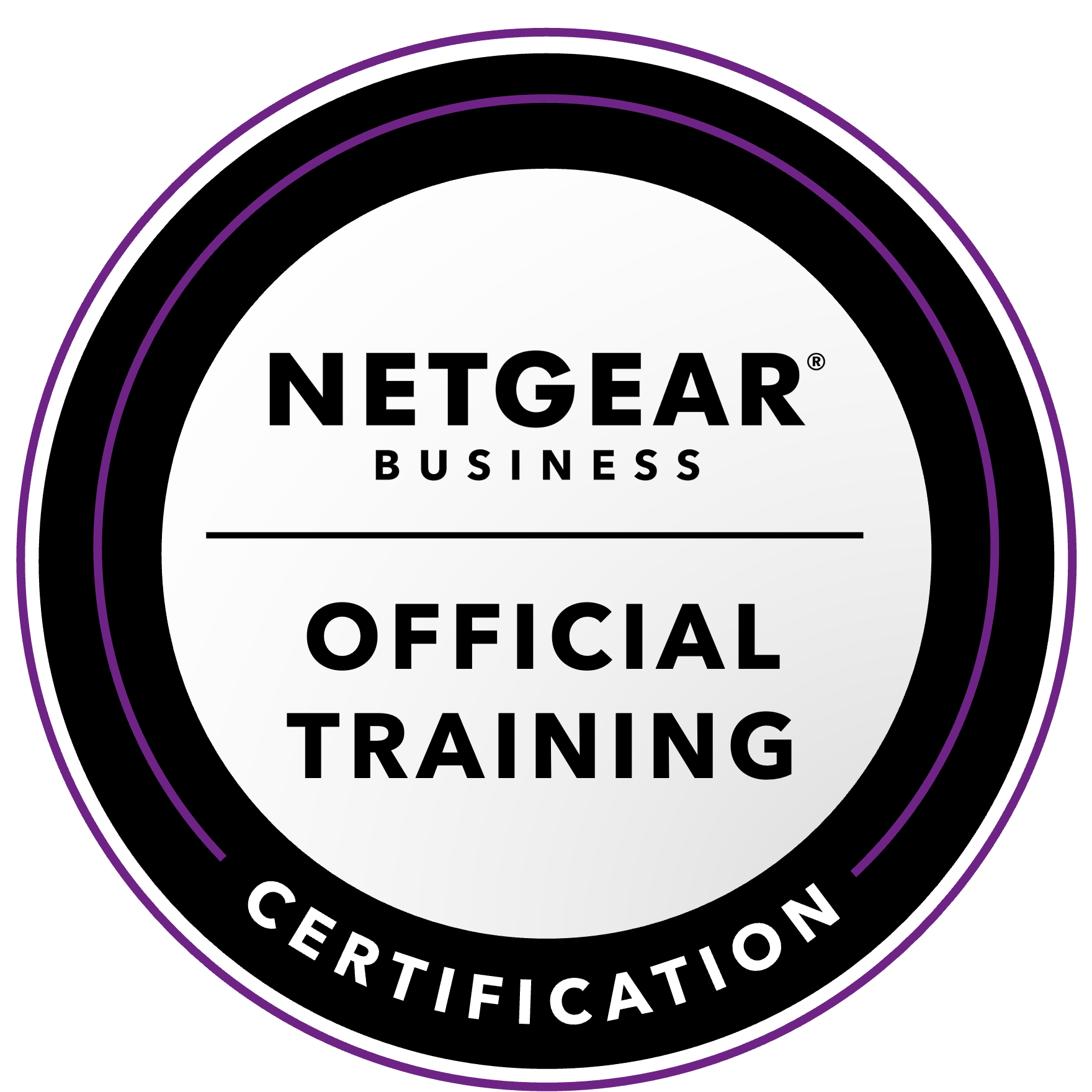NETGEAR is aware of a growing number of phone and online scams. To learn how to stay safe click here.
Forum Discussion
nightfly44
Apr 30, 2019Apprentice
Tutorial 10TB drives installed in Readynas duo v2
Okay, this tutorial for 10TB drives, will be very similar to the one I made for the 8tb WD drives and how to install them in your readynas duo v2. I use x-raid2 with RAID 1 (mirrored drives). I use Radiar 6.4, and firmware 5.1.13.
I am using Western Digital's 10TB WD10EMAZ drives, which are found in the Western Digital 'Easystore' usb drive enclosures. These drives are reported to be identical to Western Digital's drives which are essentially the relabeled HItachi helium drives. Externally, they appear identical to all the other Western Digital labeled Hitachi Helium based drives. Reportedly some do not contain Helium, but air instead. I do not have the equipment to check this, but the 10's that I have installed stay cool even during the VERY long installation procedure here.
Jjust putting a 10TB drive into one of these enclosures doesn't work. For some reason, the duo v2 won't start the install on some of the larger drives, only a 1TB or smaller drive. So, that's what I used to start. Here's what you will go through to get the 10TB drives to work.
1. First, DO NOT USE THE WIZARD IN THE WEB INTERFACE! If you change the password with this wizard, you will wind up in a perpetual loop of trying to get into the web interface because it will not accept either the default 'password' password NOR the new one that you created, and you'll have to reset your duo v2 back to factory defaults and have to start all over again. So, I REPEAT, DO NOT USE THE WIZARD. You can make the changes via the regular methods on the web interface and it will work, but not with the wizard (Bad wizard!).
2. If you have a router that will automatically assign an ip address for your device and you wish to use your NAS with a windows computers on your network, I'd advise going into the advanced settings in the router and assigning a static ip address for your NAS BEFORE connecting it to the router. Otherwise the router will assign an address dynamically, and that address can easily change and all of a sudden your NAS will disappear from your windows explorer. Unless your network users are knowledgeable enough to map a network drive, they won't have access.
3. Connect your duo v2 to power and internet access, DO NOT power it up yet. If there is not a 1tb (or smaller) disk in the left drive slot, put one in. I used a 1TB Seagate Barracuda drive.
4. Now turn on the nas. Let it set itself up. This can take anywhere from a half hour to a few hours with a 1TB disc. I don't know why. Just follow progress in the Raidar until it's done. Usually the firmware will update upon the readynas' own method of installing a new disc. Once all the lights stop blinking, and in Raidar the system is healthy, check your firmware to make sure it is the latest. If your firmware is current, GO TO STEP 6
5. Now if the firmware version isn't the latest (as of 4/29/19 that is firmware 5.1.13) , do this:
Shut it down. Reset your NAS to factory defaults. To do this, turn it off, hold reset button in with the end of a paper clip (this is in the back, a tiny hole to the left of the ethernet and USB ports) while turning your NAS back on while still holding reset button, until all front lights light up, THEN release reset button. Now press the BACKUP button one press at a time (the bottom one on the front of the NAS) and you will see that the front display lights only display one light at a time, continue to press one press at a time until only the light for disk one is lit. Then press the reset button again. That will reset the NAS.
Now just leave the NAS alone to set itself up again. Watch in raidar BUT DO NOT GO INTO THE WEB INTERFACE. (I use Raidar 6.4 versions with this duo v2); it will appear that the NAS may be doing nothing, but it is downloading the new firmware and setting itself up. LEAVE IT ALONE!
After it is done setting up the initial small drive, shut it down, and reboot.
6. You should now have a working NAS with current firmware and a partition of about 900 or so GB. Remember, a 1TB drive only formats out to about 90% of what is advertised on the box. This is normal.
7. Install the first 10TB drive into the right bay. You may do this while the NAS is on (this is different from the 8TB disc tutorial).
The NAS should now create a 1TB (or whatever size smaller drive you initially put into the NAS) mirrored RAID 1 partition on your 10TB drive, making the system redundant. You can follow progress in Raidar. Don't worry, you'll get your 10TB drives to work. This step took a couple of hours to complete.
Watch the progress with Raidar. It might take a day to complete, I play it safe and wait until the next day to make sure I don't interrupt the NAS.
8. The next day, check Raidar and it should read healthy. You can now turn the NAS off. Remove the smaller drive from the left drive bay. Turn the NAS back on, and it should show in Raidar that the system is no longer redundant. But you will still have a working partition on your 10TB disc, of approximately 900GB.
9. Now plug in your other new 10TB drive into the left drive bay WHILE THE NAS IS 'HOT', TURNED ON.
It will now create a 1TB partition on the second 10TB drive, making the system redundant, with both of your drives in RAID 1 with a 900GB partition. This could take a few hours or a day. So I leave the NAS to do it's thing and come back the next day.
10. Next day, check to make sure the system is healthy in Raidar.
11. Then turn off your NAS again. leave it for five minutes.
12. Turn it back on; it should recognize that there is unused space on your 10TB drives, and expand the partitions to about 9TB.
This is where the problem occured. Even after 5 power down and reboots, the partition did not expand as it had on the 8TB drives. So:
Now you have to go into the web interface. Remember, DO NOT USE THE WIZARD! EVER!
(You can now safely change your password if you wish)
Click the power icon at the top right of the web page. This will offer you 'SHUT DOWN' or 'REBOOT'.
Choose 'SHUT DOWN', and it now says 'Are you sure you want to shut down your system?', you will notice a checkbox for 'perform volume scan on next bood'. Check that box. Then click yes.
Your Readynas will shut down.
Wait 5 minutes.
Restart your NAS. It will now restart, and resynchronize the volumes, then expand to about 9TB.
On both my trials, this took about 36 hours (yes, 1 1/2 DAYS) to complete. Just let your NAS do it's job. You can follow it in Raidar 6. When it reads 'healthy' in raidar 6, you can go into the web interface and check your volumes.
You should now have a healthy, working Readynas Duo v2 with a 9TB mirrored volume.
Questions you may email me at DLBergmann@yahoo.com, as I'm not a moderator here and only come to read once in a while.
Enjoy your Jumbo sized NAS.
1 Reply
Replies have been turned off for this discussion
- Retired_Member
Hi nightfly44 , thanks for posting and kind regards.
Related Content
NETGEAR Academy

Boost your skills with the Netgear Academy - Get trained, certified and stay ahead with the latest Netgear technology!
Join Us!
